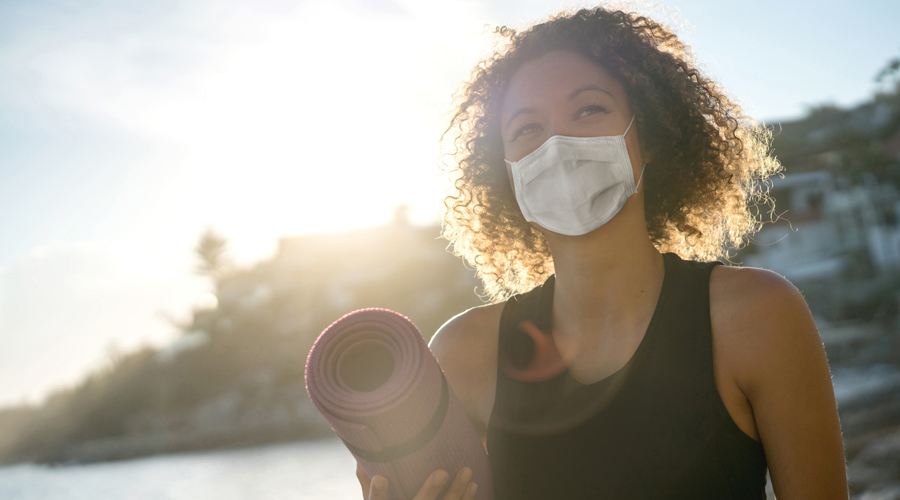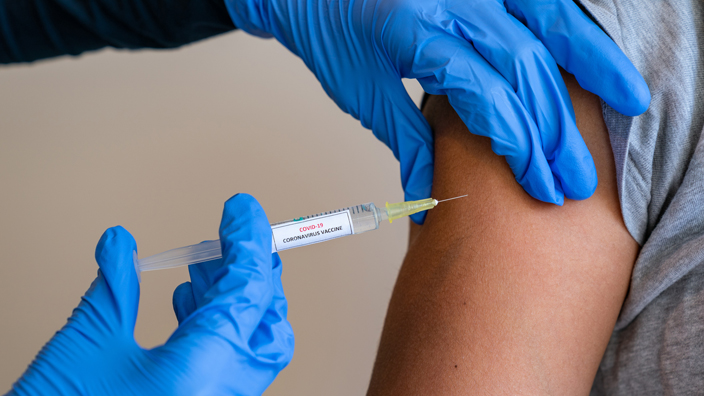The Postal Service wants you to know about ultraviolet radiation, which is emitted naturally by the sun, as well as through artificial sources, such as tanning beds and certain types of lighting.
This form of radiation, also known as UV radiation, has some benefits — such as providing vitamin D — but it also poses many health risks.
Invisible UV rays can damage anyone’s skin in 15 minutes, causing sunburn, skin aging, eye damage and skin cancer, the most common cancer in the United States.
To reduce your risk:
Apply sunscreen regularly, even on cloudy or cool days.
Seek shade under an umbrella, tree or shelter for relief.
Wear clothing to cover skin exposed to sun, including long-sleeve shirts and long pants, hats with brims all the way around, and sunglasses.
Limit your time in the sun, especially between 10 a.m. and 2 p.m., when the sun’s rays are more intense.
Sunscreens use a sun protection factor (SPF) number that indicates their effectiveness for blocking UV rays. Higher numbers offer more protection. Everyone should use a broad-spectrum sunscreen with SPF 15 or higher.
Read sunscreen labels for proper application instructions and apply sunscreen liberally to all uncovered skin.
Reapply at least every two hours and use more often if you are swimming or sweating. No sunscreen is completely waterproof or blocks all UV radiation, so reapply and take other precautions, such as wearing protective clothing.
The Centers for Disease Control and Prevention, Food and Drug Administration and USPS Wellnes LiteBlue page websites have more information on sun safety.

